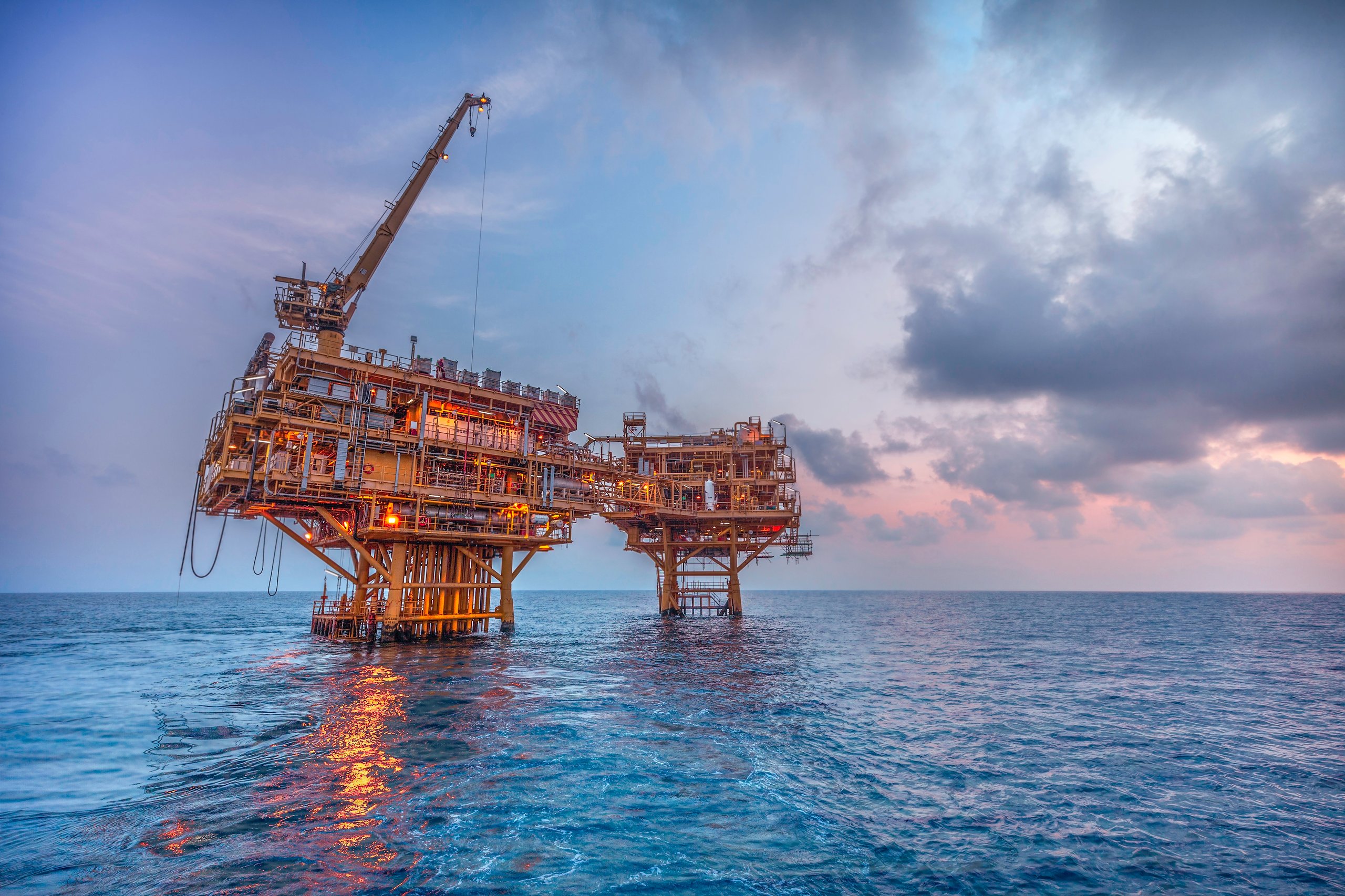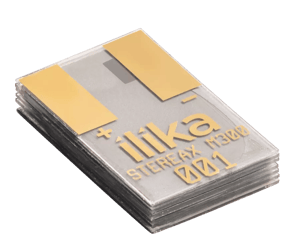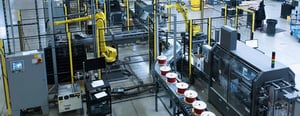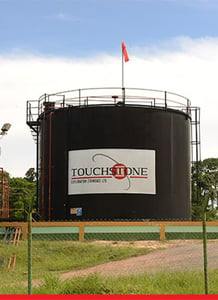Valeura Energy Inc (TSX:VLE) is the topic of conversation when Auctus Advisors Co-founder and Head of Research Stephane Foucard caught up with DirectorsTalk for an exclusive interview.
Q1: First off though, Valeura Energy’s shares, they’ve had a very good run recently. What’s driven the share price performance?
A1: The shares had a very impressive run. I think in just the last two years, the share price has been multiplied by ten.
The initial five times was really on the back of this incredible acquisition of 20,000 barrels a day in Thailand from Mubadala, you might recall that at that time, the company was effectively paid $150 million to take over the asset. So it’s quite incredible.
This year, 2024, the first four months of the year, the share price doubled again, and this time that was really due to what I would describe as a pristine execution and increasing oil price. Let me spend a bit of time explaining that part.
You might recall that following the takeover of the Mubadala asset, there were some doubts I think, in the market about the quality of the asset. To some market participants, the deal just looked too good to be true, and it looks like some market participants were trying to turn every stone to see whether there was a rat. There were also concerns about near-term decommissioning and the short reserve life, and finally, there was some confusion about the free cash flow generation potential of the business.
What has happened so far in 2024 is that effectively the group has knocked on the head each of those concerns.
So first, the company announced that it generated over a $45 million free cash flow in the fourth quarter of 2023 alone, while production was muted and oil price was fairly low. This was followed by an additional $40 million increase in net cash over the first three months of the year so overall, we have $85 billion free cash flow generated in just six months. That’s quite impressive in the context of a company market cap, I think, of around $40 million today. So that dealt with the issue around cash flow generation.
A few weeks later after those announcements, the group posted a 220% reserve replacement ratio for 2023 so that dealt with the issue of reserve life that went up.
At the same time, the decommissioning was postponed by two years so that was dealing with a decommissioning issue.
So, of course, large institutions have to start to pay attention and you combine this with oil price jumping to almost $90 a barrel and the share price doubles.
Now, that being said, I think there is still a lot to go for, given there is still a very large reserve upside and the cash build up is very fast and very impressive.
Q2: Could you tell us more about the recent success of the exploration programme?
A2: There have been a lot of good news at the drill bit, which probably also helped the share price. It started last September, so six months ago, when the company discovered deep reservoir full of oil at Wassana – Wassana is one of their key fields in Thailand – this was game-changing. It reshaped the development of Wassana into something much larger, so more reserve, more cash flow, more production, later decommissioning. Last Monday, the group made three discoveries with three wells, potentially opening two new areas for development.
So overall, across those three areas, the one in September and the two that were discovered on Monday, they could have found 15 to 20 million barrels so that represents 50-65% of the existing reserve base, that’s quite a bit of running room.
Q3: How do you view the reserves replacement ratio in 2024?
A3: Well, as I mentioned, 2023 reserve replacement ratio was very high and I think 2024, it will be again quite high, this is because none of the 10 million barrels of oil discovered so far in 2024 are in the 2P reserve yet.
In addition, in the 2023 resource report, the company highlighted that there were 14 million barrel contingent resources. Contingent resources are resources that have been discovered but have not been classified as reserve yet so 14 million contingent resources are where basically we have very high probability and we are pending the definition of a development plan for those resources. That development plan could be finalised during 2024 for this year.
So, all in all, we have the company with probably over 20 million barrels of dry powder that could be booked as 2P reserve at some point, and some of it could be this year.
Q4: Are there any other key up and coming important catalysts that investors should be aware of?
A4: Yes, quite a few.
The first one is basically the cash buildup and that’s expected to occur in the coming quarter and continue beyond that. So to give some context, at $85 a barrel for brent, the year-end 2024 net cash is expected to represent 60-75% of the current market cap and this is building. I think if we keep the same price, the same old price, as it is today, over the next 20 months, we could have the market cap of the company consisting only of net cash by the end of 2025. So, this is quite impressive.
The company will probably take FID on Wassana. Remember, these are the resources that were discovered in September last year and that could trigger the booking of a 10 million barrel reserve.
Lastly, the company could make acquisitions. That’s quite difficult to predict but there are not many acquisitive companies in the region, in Southeast Asia, that offer the combination of materiality, very strong balance sheets, and very supportive shareholders, such as Valeura Energy as a big Thai shareholder.
So, really watch this space.









































